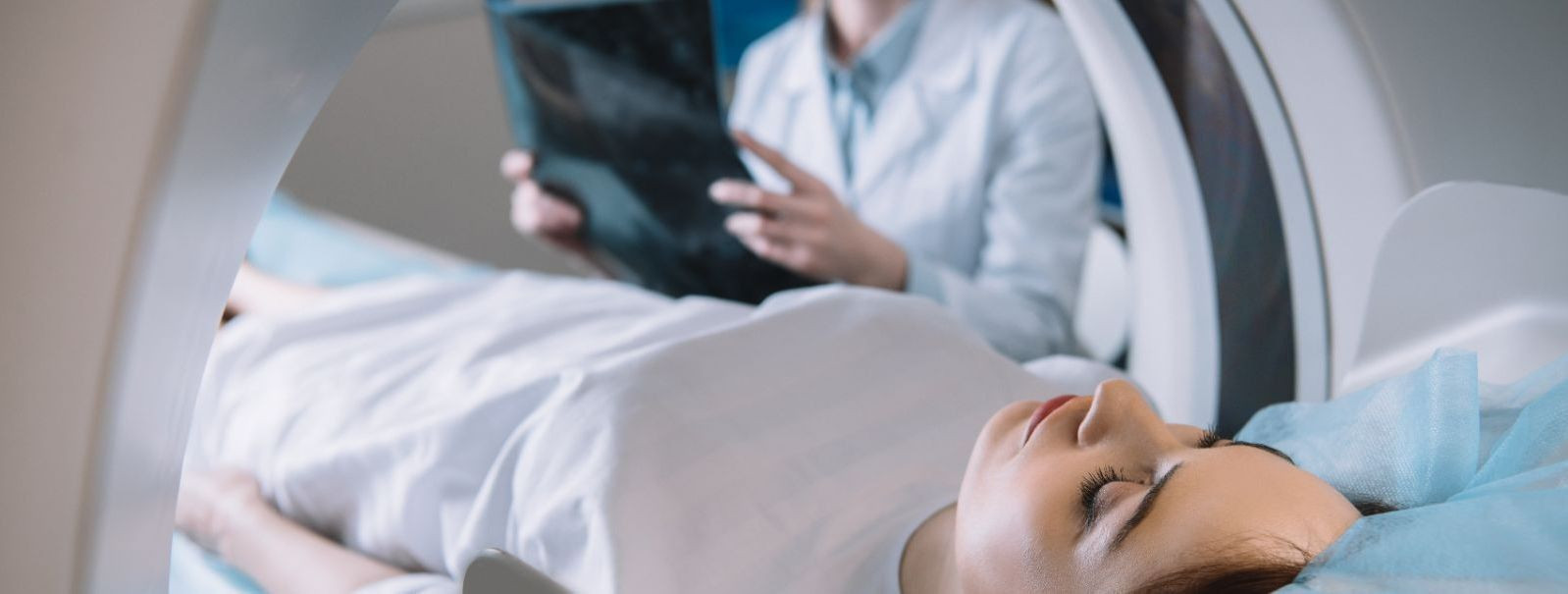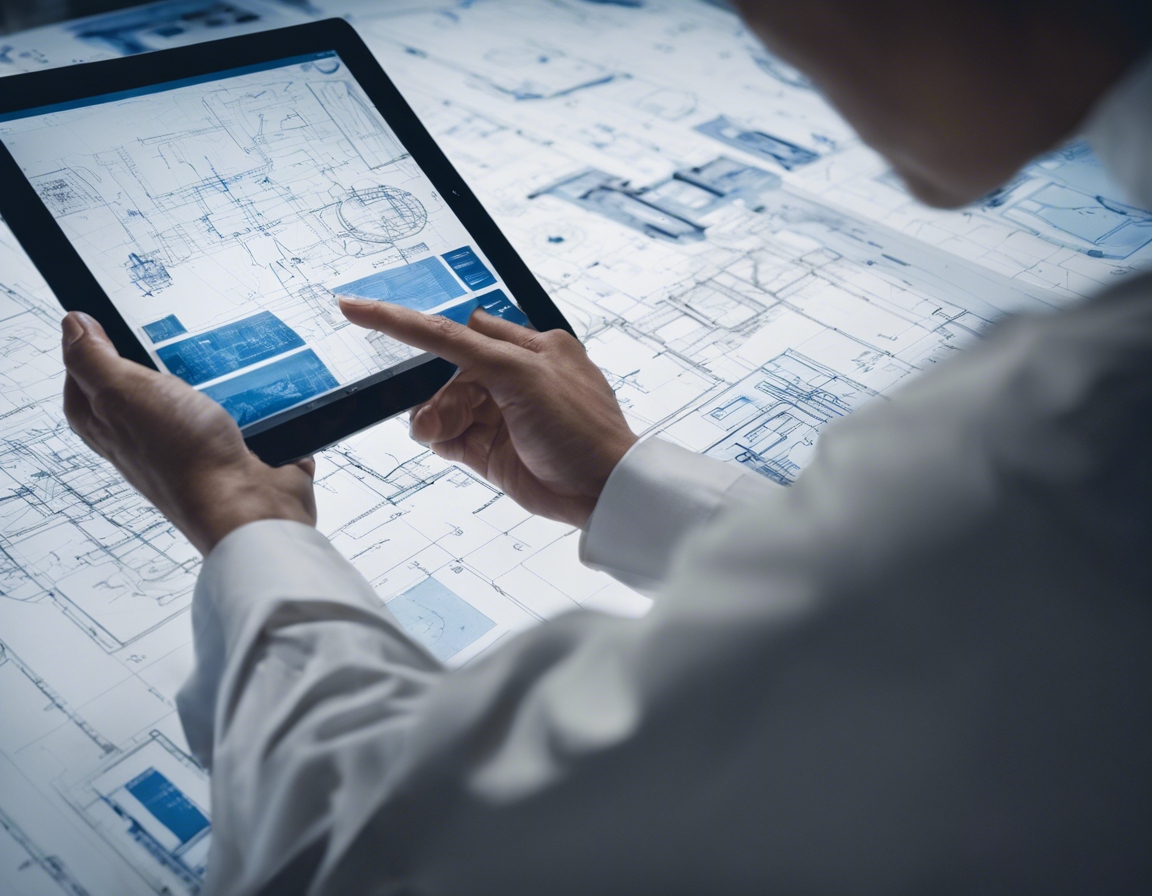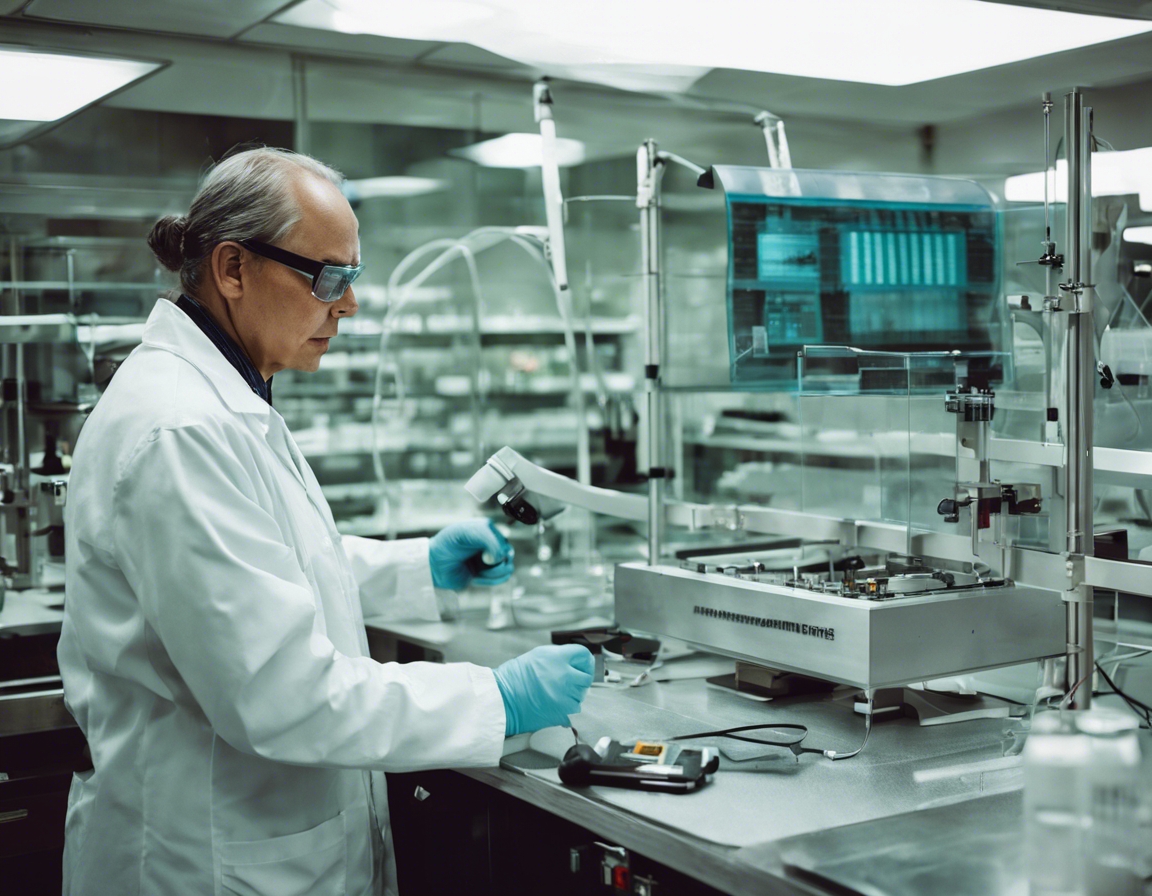The importance of ergonomic medical equipment
Ergonomics is the scientific discipline concerned with understanding the interactions among humans and other elements of a system. It applies theory, principles, data, and methods to design in order to optimize human well-being and overall system performance.
In the medical field, ergonomics is crucial for designing equipment and work environments that promote safety, comfort, and efficiency. With the high demands placed on healthcare professionals, ergonomic medical equipment can significantly impact the quality of care and the health of the caregivers themselves.
Benefits of Ergonomic Medical Equipment
Ergonomic equipment allows for better patient handling, reducing the risk of injury to patients and providing a more comfortable experience during medical procedures.
Properly designed medical devices and furniture reduce physical strain on healthcare workers, leading to less fatigue and a lower likelihood of burnout.
By accommodating the physical needs of healthcare workers, ergonomic equipment lowers the incidence of musculoskeletal disorders commonly associated with repetitive tasks and awkward postures.
When medical equipment is designed with ergonomics in mind, tasks can be performed more quickly and with less effort, leading to improved workflow and productivity.
Ergonomic Design Features in Medical Equipment
Key components of ergonomic design include adjustability and flexibility, allowing equipment to be customized to the user's body and the task at hand.
Medical devices with intuitive controls and interfaces reduce cognitive load and enhance user performance and satisfaction.
Durable materials and construction not only ensure the longevity of medical equipment but also support the ergonomic benefits by maintaining their functionality and comfort over time.
Equipment that is easy to move and access is essential in the fast-paced medical environment, enabling healthcare professionals to respond swiftly to patient needs.
Implementing Ergonomic Solutions in Healthcare Settings
Healthcare facilities must regularly assess their ergonomic needs to identify areas for improvement and invest in appropriate equipment and modifications.
Proper training in the use of ergonomic equipment is vital to ensure that healthcare professionals can leverage its benefits fully.
Healthcare institutions should foster a culture of continuous improvement, encouraging feedback from staff to refine ergonomic practices and equipment choices.
Regulatory Standards and Compliance
The IEA provides guidelines and standards for ergonomic design, which serve as a benchmark for developing medical equipment.
OSHA guidelines help ensure that workplaces, including healthcare environments, adhere to safety and health regulations, which include ergonomic considerations.
Certification from recognized bodies can serve as assurance that medical equipment meets the necessary ergonomic standards, providing peace of mind for healthcare providers and patients alike.






Comments (0)